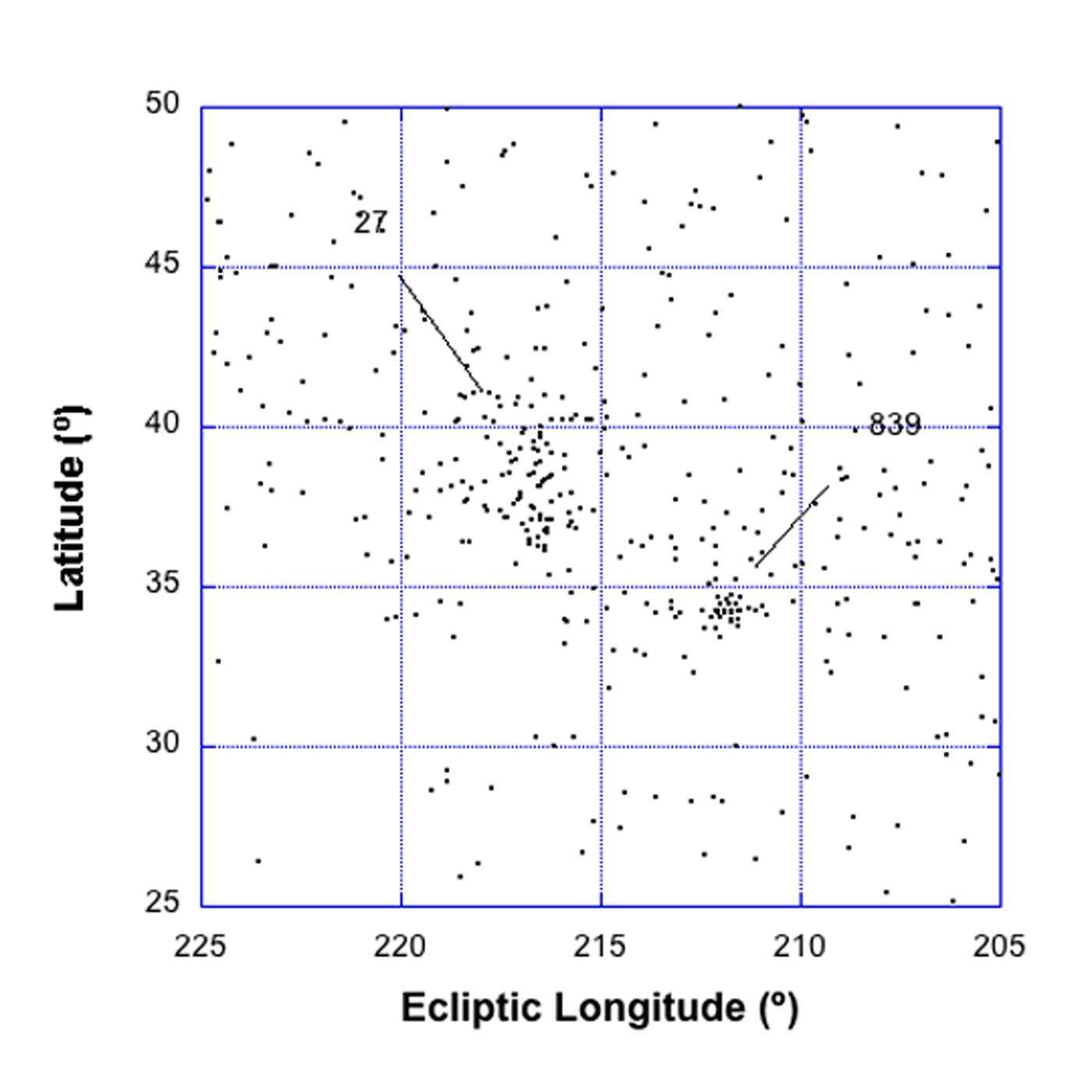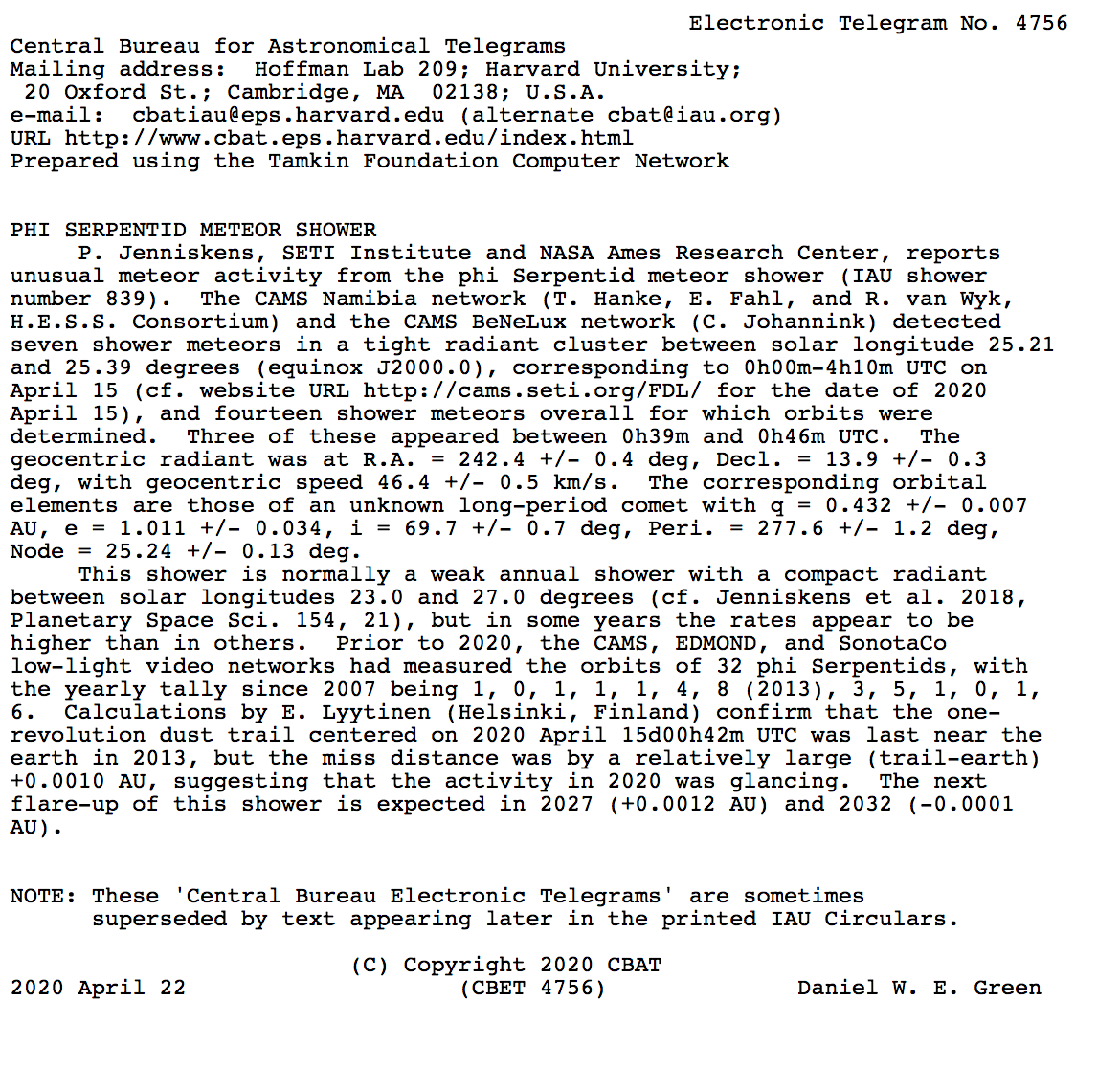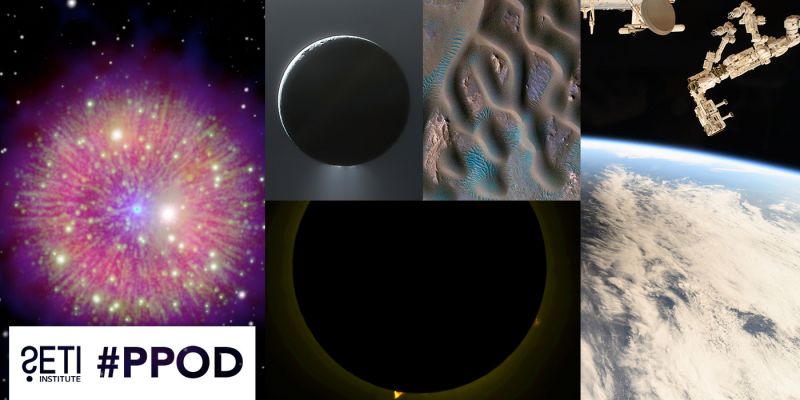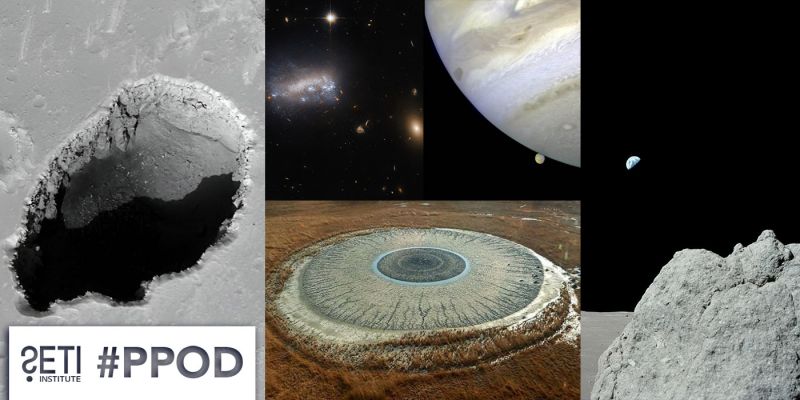
SETI Institute astronomer Peter Jenniskens reports on some unusual activity of the Phi Serpentid meteor shower. Using the SETI Institute’s global CAMS network of low-light video surveillance cameras, Peter and his team monitor meteor showers 24/7 to record their presence and intensity. Meteor showers are caused by bits of debris shed by comets (and some asteroids) that light up when they strike the Earth’s atmosphere. By observing the direction and speed of the meteors, astronomers can calculate their orbit in space to trace the origin of the material to its parent body. The figure shows the radiants (the direction point in the sky where a meteor appears to originate) of two meteor showers observed in the constellation Serpens between April 12 and 19. Shower number 839 is the Phi Serpentid shower. It has the orbit of an unknown long period comet. It is usually quite weak, but this year the planets aligned to push the stream of debris more into Earth’s path, causing a higher rate of naked eye meteors. The flare-up was reported to the astronomical community via the IAU Central Bureau on Electronic Telegrams






